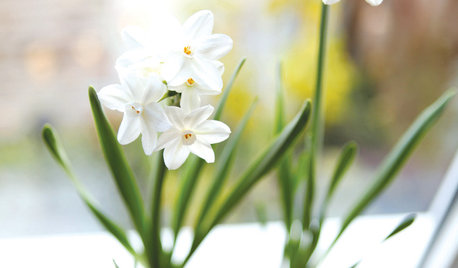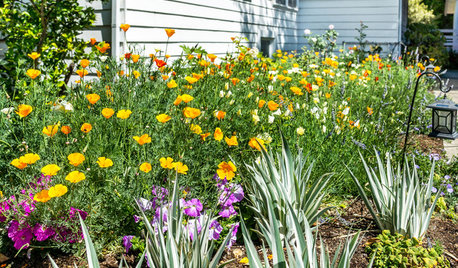Forcing amaryllis in water and stones
HollyT
18 years ago
Featured Answer
Comments (15)
scorpgirl24
18 years agolast modified: 9 years agoHollyT
18 years agolast modified: 9 years agoRelated Professionals
Ashland Landscape Architects & Landscape Designers · Edmond Landscape Architects & Landscape Designers · Tempe Landscape Architects & Landscape Designers · Windham Landscape Architects & Landscape Designers · Cary Landscape Architects & Landscape Designers · Richmond Heights Landscape Architects & Landscape Designers · Allentown Landscape Contractors · Tempe Landscape Contractors · Brookline Landscape Contractors · Chelmsford Landscape Contractors · Fort Mill Landscape Contractors · Metairie Landscape Contractors · Plantation Landscape Contractors · Pomona Landscape Contractors · Siloam Springs Landscape Contractorshaweha
18 years agolast modified: 9 years agoamaryll
18 years agolast modified: 9 years agoHollyT
18 years agolast modified: 9 years agoamaryll
18 years agolast modified: 9 years agoIwalani
18 years agolast modified: 9 years agoHollyT
18 years agolast modified: 9 years agoamaryll
18 years agolast modified: 9 years agoester1605
18 years agolast modified: 9 years agoamaryll
18 years agolast modified: 9 years agokett
15 years agolast modified: 9 years agoviola_brown
8 years agoviola_brown
8 years ago
Related Stories

HOUSEPLANTSHow to Force Amaryllis Bulbs Indoors
Enjoy vibrant red blossoms even as gardens turn snowy white, by teaching this hardy repeat performer to ignore the calendar
Full Story
DIY PROJECTSHoliday DIY: Mason Jar Forced Bulbs and Evergreen Gift Tags
Learn how to make these winter projects from the book ‘Garden Made’ by Stephanie Rose
Full Story
GROUND COVERSGround Force: 10 Top Ground Covers for Your Garden
Protect your soil from weeds and drought this summer with a living mulch of ground covers
Full Story
LANDSCAPE DESIGN10 Ideas for a Creative, Water-Conscious Yard
Check out these tips for a great-looking outdoor area that needs less water
Full Story
GREEN BUILDINGJust Add Water: Rain Barrel Magic
Take your rainwater storage from practical to beautiful with a new breed of design-friendly rain barrels
Full Story
ARCHITECTUREWant to Live by the Water? What You Need to Know
Waterside homes can have amazing charm, but you'll have to weather design restrictions, codes and surveys
Full Story
HOUSEPLANTSGet Spring-Like Hyacinth Blooms All Winter Long
Try one of these forcing methods for cheery, colorful flowers to brighten wintry days
Full Story
LANDSCAPE DESIGN15 Great Ideas for a Lawn-Free Yard
End the turf war for good with hardscaping, native grasses and ground covers that save water and are easier to maintain
Full Story
HOUZZ TOURSHouzz Tour: Vacation Cottage Defies a Stormy Coast
A couple revives an old stone hunting retreat in Maine, despite its being in a fearsome flood zone
Full Story
HOUZZ TOURSHouzz Tour: Texas Family Trades Traffic Noise for Frog Songs
Modern glass and stone structures hug two waterways on a sprawling Texas Hill Country compound
Full StoryMore Discussions







HollyTOriginal Author